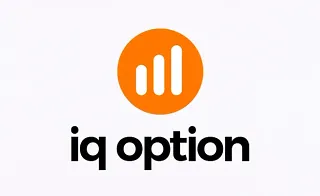The Smart Money Concept (SMC) is an advanced method of market analysis that focuses on market structure, order flow and liquidity in Forex.
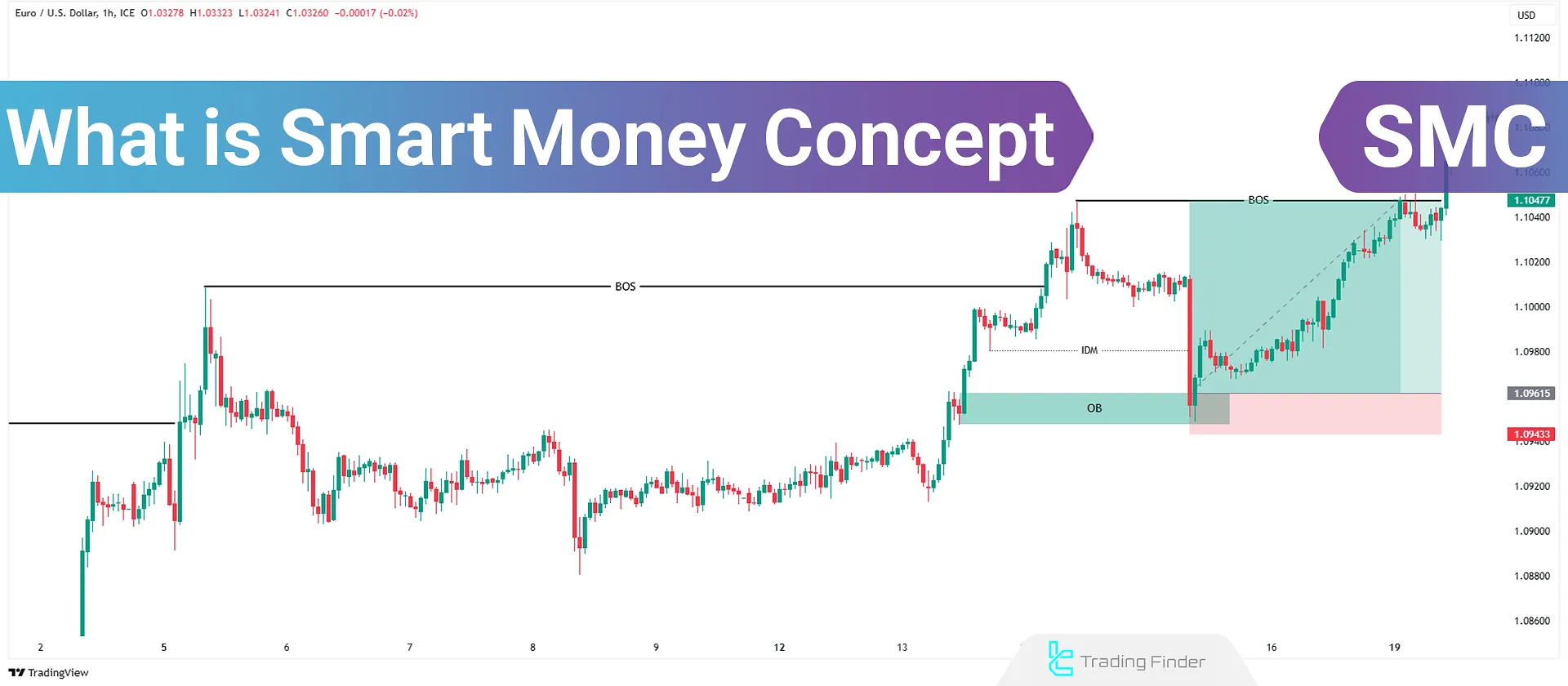
Unlike traditional technical analysis, which relies on indicators, in this approach traders study the behavior of financial institutions, hedge funds, and central banks to identify trade opportunities.
What is Smart Money, and How Does It Work?
Smart Money refers to the capital controlled by banks, financial institutions, and large market participants. Due to their access to advanced data, large-scale orders, and high liquidity, these entities directly impact price movements.
As a result, the Smart Money Concept identifies the behavioral patterns of these institutions and aligns trading decisions with institutional liquidity.
Financial institutions use order blocks (OBs) to enter trades on various Forex instruments.
They manipulate the market by liquidity grabs and market manipulation, forcing retail traders out of profitable positions before entering optimal points.
Advantages and Disadvantages of the Smart Money Concept
Like any trading methodology, SMC has its own set of advantages and disadvantages:
Advantages | Disadvantages |
Accurately identifies institutional entry points through order blocks (OBs) and Break of Structure (BOS) | Requires deep understanding of institutional movements and market-making models |
Allows entries with tight stop-losses and logical targets based on Fair Value Gaps (FVGs) and Change of Character (CHoCH) | High risk of misinterpretation if liquidity mechanics are not well understood |
Detects liquidity grabs by market makers | No definitive evidence of institutional price manipulation |
Analyzes price structure without relying on traditional indicators | Complex learning curve for beginners |
Can be applied in both short-term and long-term timeframes | - |
Key Components of the SMC
Understanding the key components is essential to effectively utilizing SMC in Forex trading. The most important concepts in Smart Money trading include:
- Change of Character (CHoCH)
- Market structure
- Break of structure (BOS)
- Order Blocks (OB)
- Breaker blocks (BB)
- Fair Value Gaps (FVG)
- Liquidity Sweep & Liquidity Run
Market Structure
Market structure refers to how price moves create trends in the market. Smart Money traders first analyze the overall market structure to identify significant entry and exit levels.
How to Use Market Structure
Evaluating uptrends and downtrends, highs & lows, and price accumulation zones helps determine the market's probable direction.
Break of Structure (BOS)
A Break of Structure (BOS) occurs when the price breaks a significant high or low and establishes a new direction. This indicates a continuation of the trend.
How to Use BOS
Smart Money traders use BOS to confirm trend continuation and enter positions in alignment with the market trend.
Change of Character (CHoCH)
Change of Character (CHoCH) is the first sign of a potential trend reversal and is often associated with liquidity shifts and institutional entries.
How to Use CHoCH
CHOCH helps traders identify reversal zones and potential trend shifts.
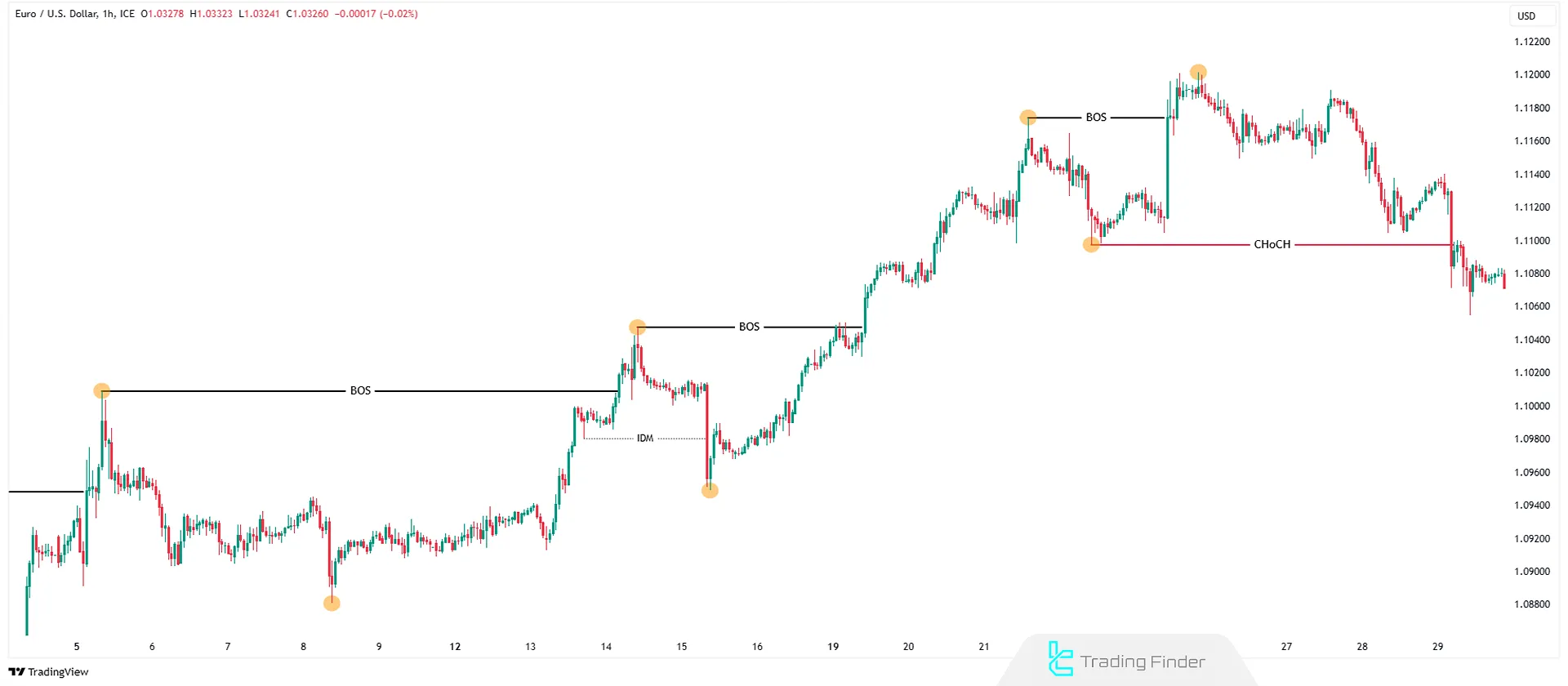
Order Blocks (OBs)
Order Blocks (OBs) are areas where financial institutions place significant buy or sell orders. These zones often act as key entry points in Smart Money trading.
How to Use Order Blocks
Traders enter in the direction of institutional order flow from these high-probability areas.
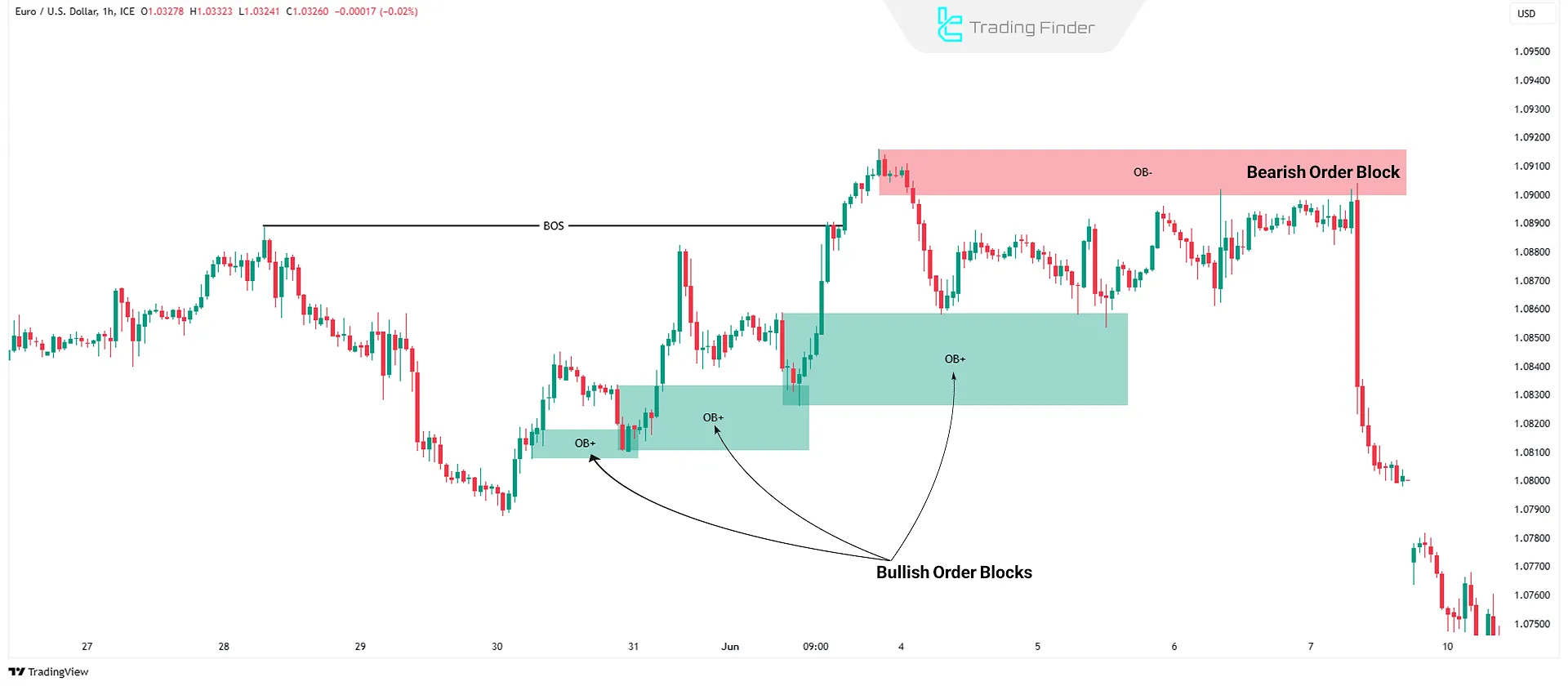
Breaker Blocks
Breaker blocks form when a price breaks through an order block and establishes itself in a new direction, acting as new support and resistance levels.
How to Use Breaker Blocks
Traders use breaker blocks to identify price reversals after structural shifts.
Fair Value Gaps (FVGs)
An Fair Value Gaps FVG occurs when the price moves rapidly from one level to another, leaving an unfilled price gap caused by large institutional orders.
How to Use FVGs
Smart Money traders use FVGs to identify areas where prices may return to fill the imbalance.
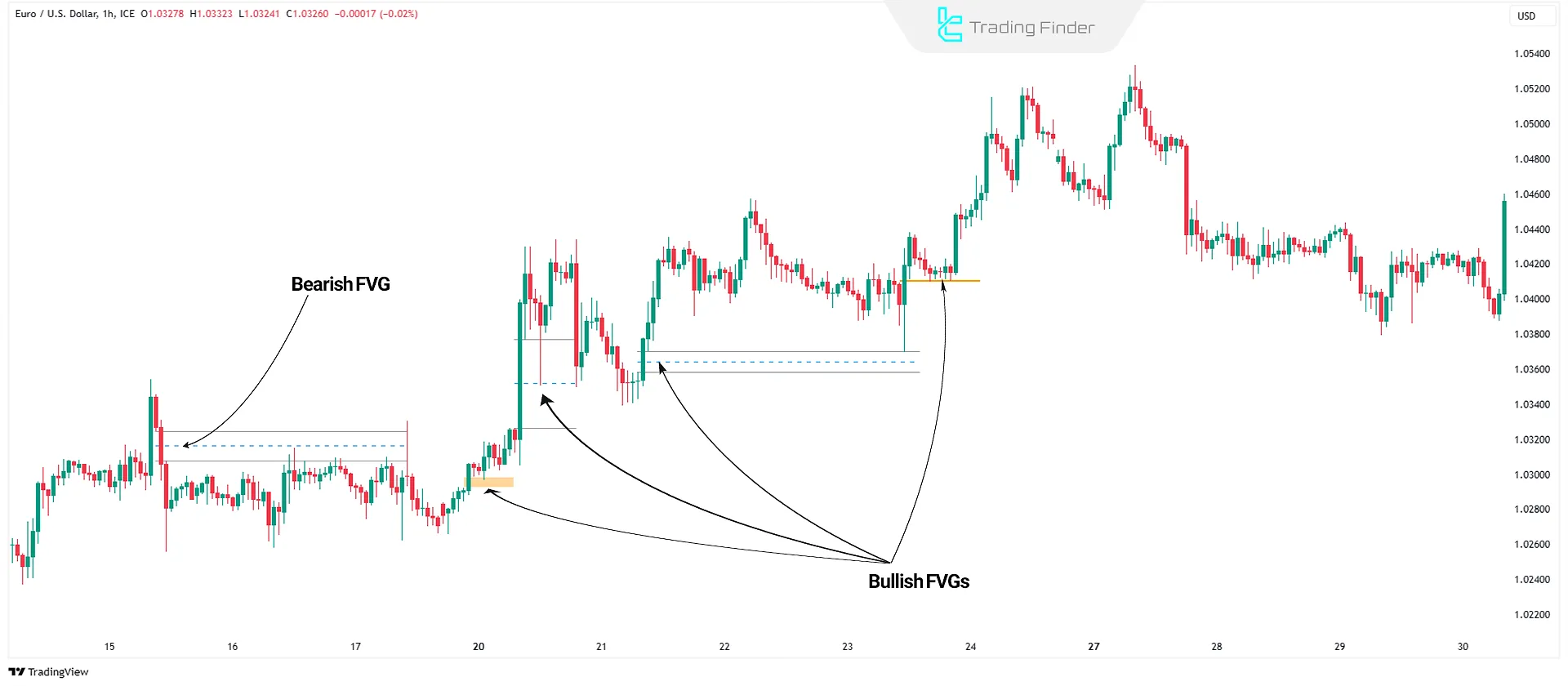
Liquidity Grabs
Institutions manipulate liquidity before entering trades by driving prices into areas where retail traders' stop-losses are located.
How to Use Liquidity Grabs
Smart Money traders wait for liquidity to be absorbed before entering trades in alignment with institutional traders’ orders.
How Does Smart Money Control the Market?
Banks, financial institutions, and investment funds control Smart Money in Forex. These entities manipulate and drive the market using strategies such as:
- Inducement
- Stop hunt
- False breakouts & fake support/resistance levels
Inducement
Smart Money traps retail traders into entering positions in the wrong direction to activate their stop-losses, to ensure there is enough liquidity for institutions to enter trades.
Stop Hunts
Institutions push prices into stop-loss zones to absorb liquidity, forcing retail traders out of the market before executing their large orders with minimal slippage.
False Breakouts & Fake Support/Resistance Levels
Smart Money creates false breakouts to trick traders into entering positions, only to reverse prices in the opposite direction.
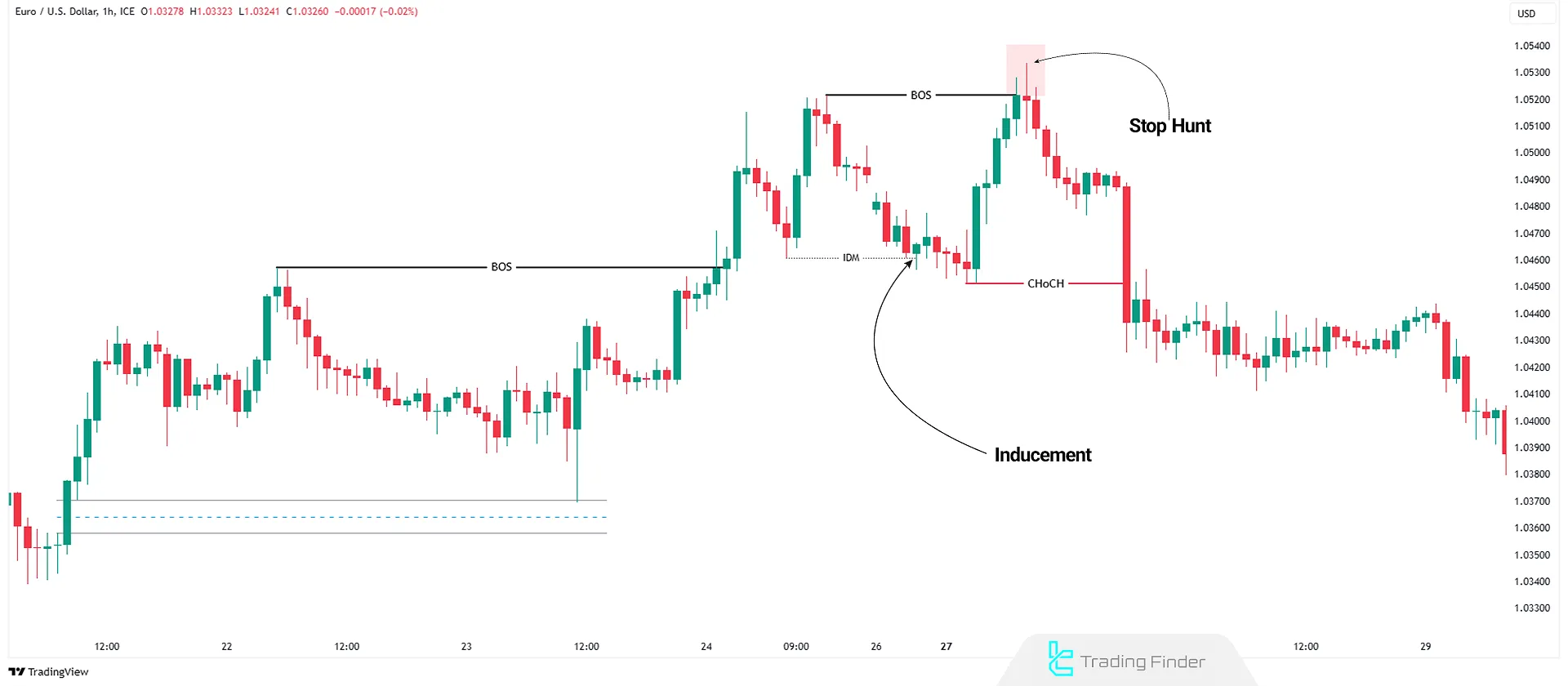
How to Trade Using the Smart Money Concept?
To trade with Smart Money trading concepts in Forex, traders should follow these steps:
- Determine Market Trend: Analyze the overall price structure in higher timeframes (H1, H4)
- Identify Structural Breaks (BOS & CHoCH): Watch for BOS to confirm trend continuation and CHoCH for potential reversals
- Find Order Blocks: Identify high-probability OBs aligned with the institutional trade flow
- Evaluate Fair Value Gaps: Spot price imbalances to anticipate possible retracements
- Analyze Liquidity Grabs: Look for areas with high stop-loss clusters and wait for liquidity to be taken
- Enter Trade: Once all conditions align, enter with a logical stop-loss and profit target, typically in lower timeframes (15M or less)
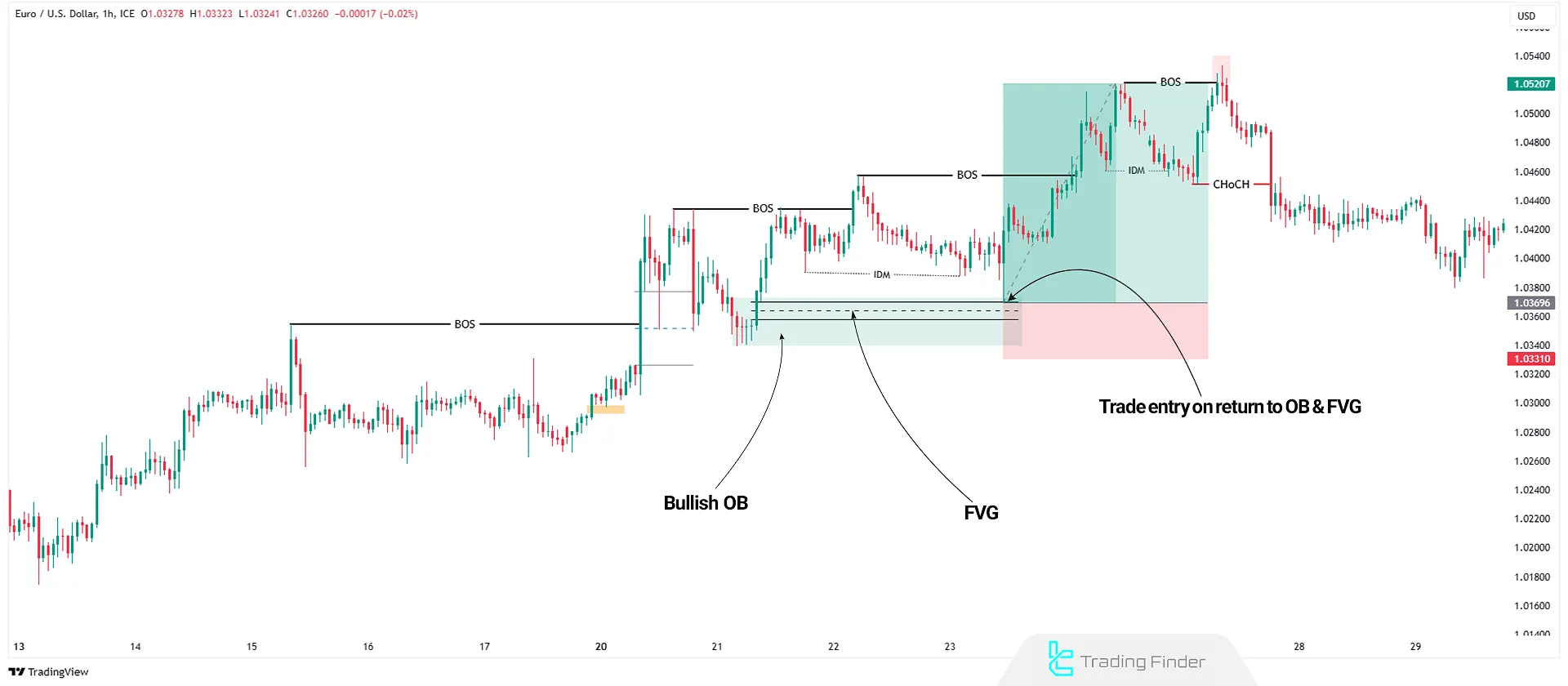
Differences Between Smart Money and ICT Trading
Both SMC and ICT (Inner Circle Trader) trading styles focus on liquidity and institutional order flow, but they differ in methodology:
Parameters | ICT Trading | SMC |
Approach | Timing, liquidity models, and market maker manipulation | Order Blocks (OBs), CHoCH, BOS |
Liquidity Analysis | Uses PD Arrays & Market Maker Models | Identifies price movement and liquidity grabs |
Sessions & Timing | Focuses on session liquidity shifts | Less emphasis on session timing |
Differences Between Smart Money & Classic Technical Analysis
To better understand the differences between Smart Money trading in Forex and traditional technical analysis (retail trader approach), it is essential to compare these two methods based on market analysis approach, tools used, and entry/exit strategies.
Features | Traditional | Analysis |
Market Analysis | Liquidity flow and institutional orders | Classic indicators |
Entry/Exit Points | Order Blocks & BOS | Support & Resistance |
Data Used | Institutional order flow | Price data & indicators |
Market Impact | Drives major trends | Reactive to market moves |
Conclusion
The Smart Money Concept provides a powerful framework for understanding financial markets' institutional liquidity and order flow.
This method offers traders a unique perspective on price action by focusing on order blocks, BOS, CHoCH, and liquidity grabs.





